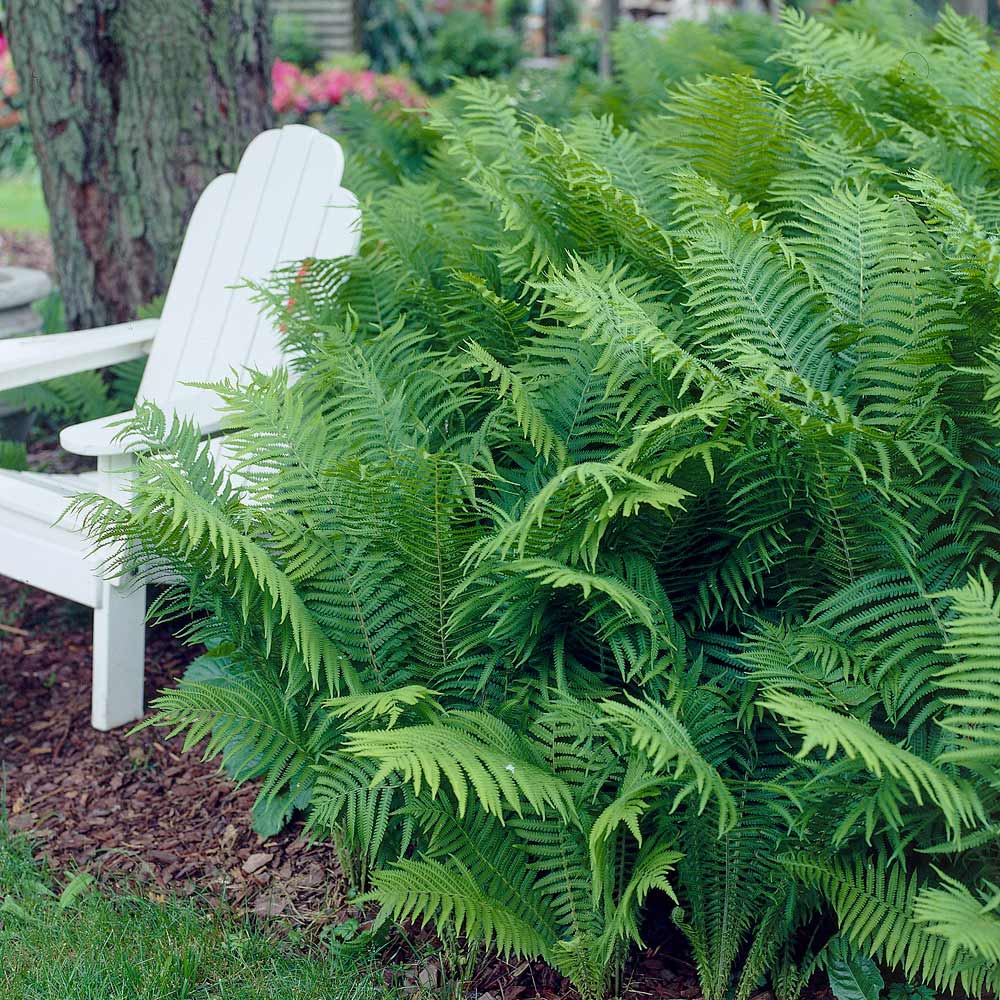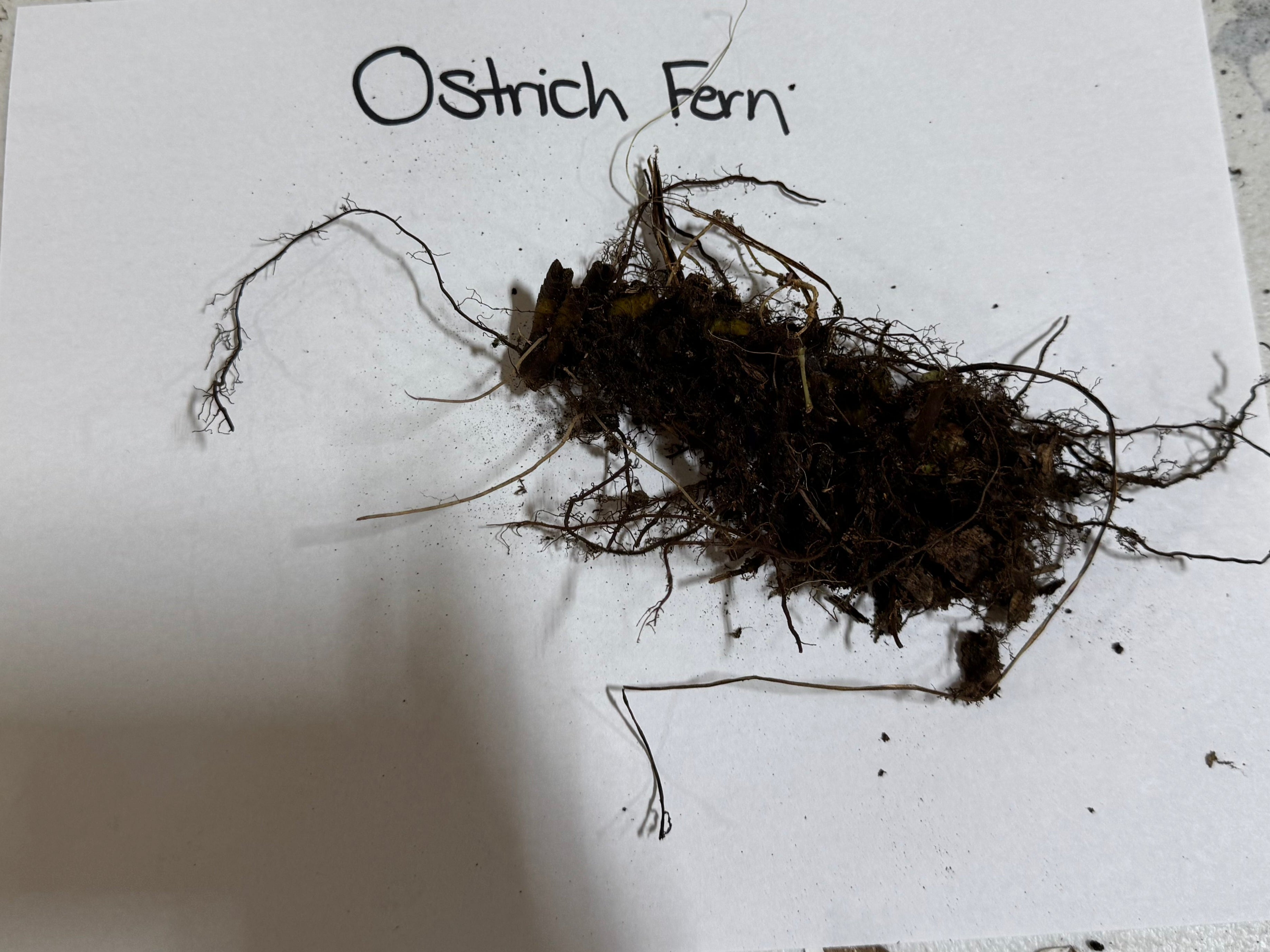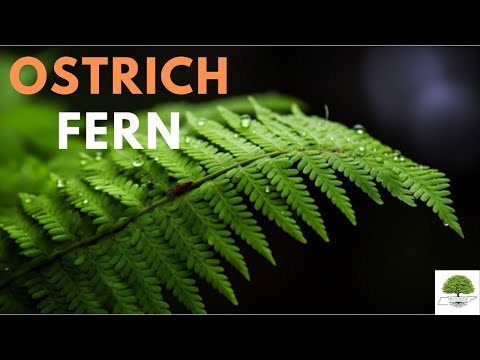Ostrich Ferns For Sale
Ostrich Fern (Matteuccia struthiopteris) makes a unique and eye-catching floral arrangement; it can include feathery ferns to make it look more interesting. In fact, when they are planted in groups, they make such an impact. This type of fern is known as the Ostrich Fern. This was named as such because of its resemblance to Ostrich feathers. This is among the tallest types of ferns, growing up to 2 to 5 feet. This makes them excellent as border plants and beautiful as a backdrop.
Many gardeners like these ferns for several reasons. They are charming ornamental plants with upright and arching leaves. They can easily adapt to any environment. They are not prone to insect problems or serious diseases. They also keep away pests and deer. Ferns are known for their fiddleheads, which surface during springtime. These are safe to eat and are usually included in different culinary dishes.
How This Type of Fern Grows
These ferns should be planted in moisture-rich soil in a partly or fully shaded area. Though they can stand the sun, it is best to give them more moisture since this will enable them to look good even into late summer. It is during early spring that these ferns begin to grow and reach their maximum height. They stay green and lush all through the growing season, and they do not require much care.
Overview
There are many advantages to planting Ostrich ferns. These plants that resemble ostrich plumes make lovely ornamental plants. They are ideal border and background plants. They always look good as a backdrop. They grow in moist or wet soil and up to a maximum height of 5 feet.
These native fern plants are easy to maintain since they do not require much care. Nevertheless, they last for a long time since they are not prone to acquiring serious diseases nor do they have any insect problems.
Height
Ostrich fern plants are among the tallest ferns, reaching between 2 and 5 feet. Their size makes them excellent as border plants or backdrops in garden landscapes.
Soil Requirements
They thrive best in moist or wet soil, which helps maintain their lush, green appearance throughout the growing season.
Light Conditions
Matteuccia Fern prefers partial to full shade. While they can tolerate sun, they need more moisture to stay healthy and attractive in sunny areas.
Maintenance
They are low-maintenance and easy to care for.
Longevity & Resistance
Ostrich Ferns are long-lasting plants, resistant to most serious diseases and insect problems, making them reliable additions to any garden.
Exposure
Ostrich Fern (Matteuccia struthiopteris) thrives in partial to full shade, making it perfect for woods gardens or shaded areas. It prefers filtered sunlight or dappled light, which helps maintain its lush, green foliage and prevents leaf scorch.
Height at Maturity
Over 2 Feet
Usage
Shade Border Plants
Shipped As
Bare root
Ships
USPS
Planting Zones
3-7





